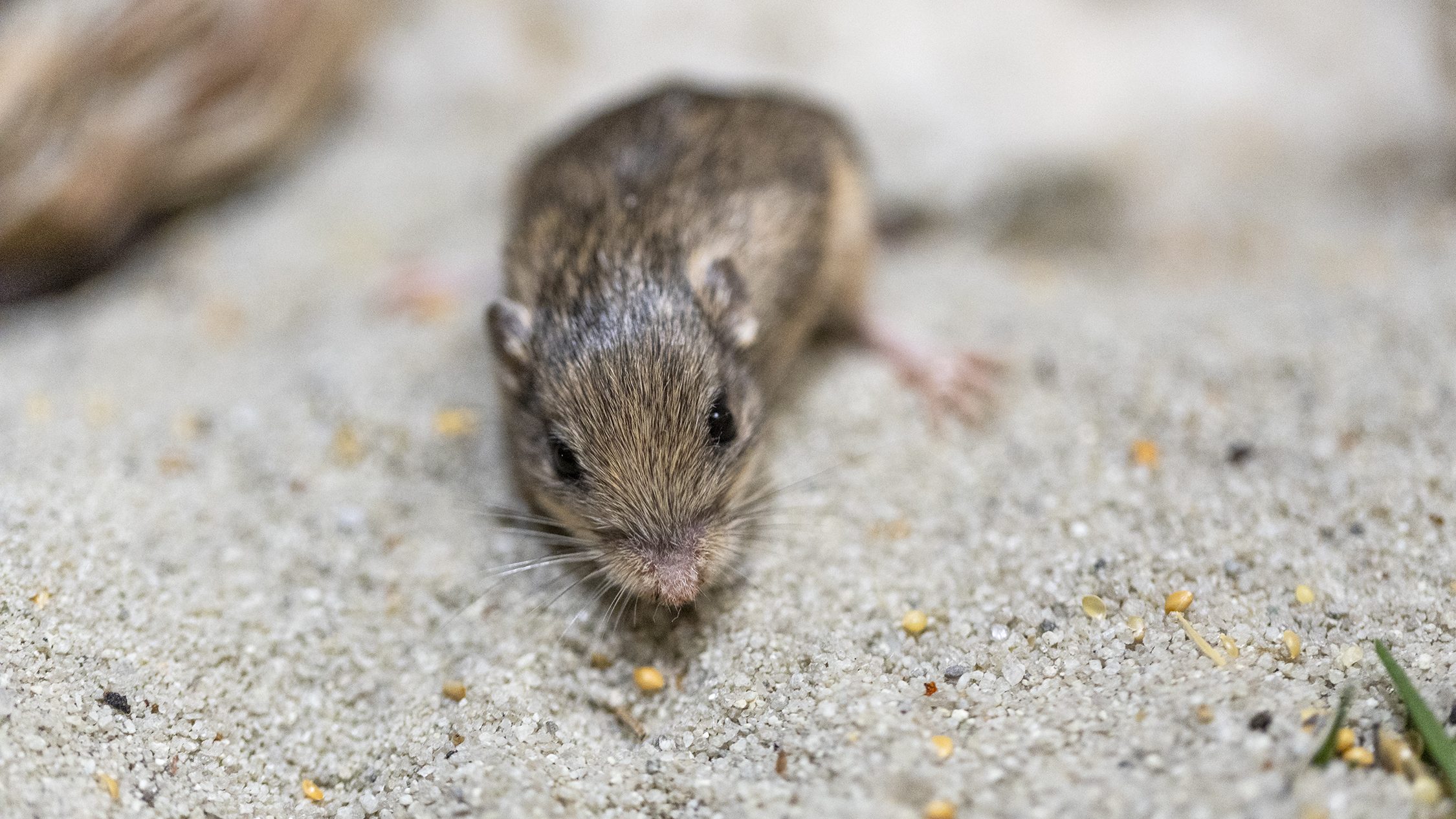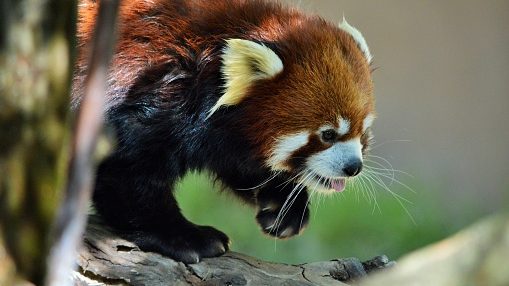Two Andean bear cubs, now 3 months old, are waddling out of their private dens for the first time into the public-facing habitat of the San Diego Zoo.
Second-time mother, Alba, and sire Turbo brought the cubs to the world in December 2022, according to the San Diego Zoo Wildlife Alliance. For the past three months, wildlife care specialists have kept a close eye on Alba and her cubs through video cameras and an audio "baby monitor," without interrupting their bonding time. Those three months allowed mother and cubs to bond while newborn Andean bear cubs are completely dependent on their mothers.
Alba's firstborn, Agapito, arrived in 2020 and was the zoo's first Andean bear cub in 30 years. Now, Alba is a mother of three Andean bears.
San Diego Zoo News
Get top local stories in San Diego delivered to you every morning. >Sign up for NBC San Diego's News Headlines newsletter.
Back in 1993, Alba's grandmother, Houdini, also gave birth to twins.
“We couldn’t be more thrilled about the birth of Alba’s twin cubs,” said Tammy Batson, lead wildlife care specialist at the San Diego Zoo. “We witnessed Alba transition beautifully into motherhood with her first cub a couple of years ago, and now as a second-time mother with twins, she continues to impress us with her attentiveness. She’s a proven mom, who now has both hands full."
Andean bears are counted as Vulnerable on the International Union for Conservation of Nature Red List of Threatened Species. The birth of these bears is significant to conservation research of their species, according to the zoo. They are the last living relative of the extinct giant short-faced bear and the only bear species native to South America. Habitat loss and fragmentation, and poaching have greatly diminished the Andean bear population, whose range spreads across Colombia, Ecuador and Peru.




